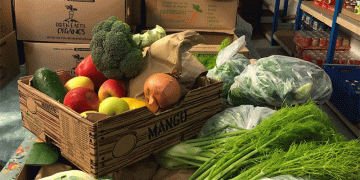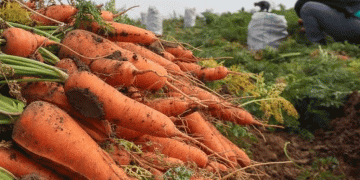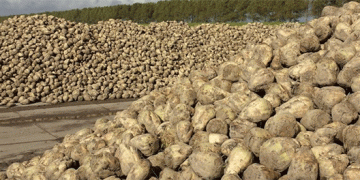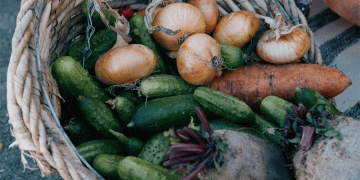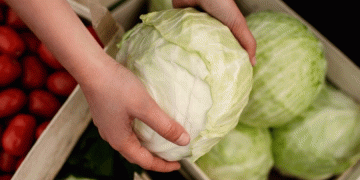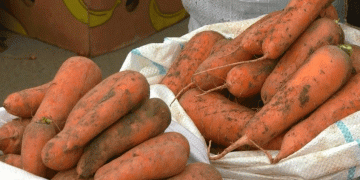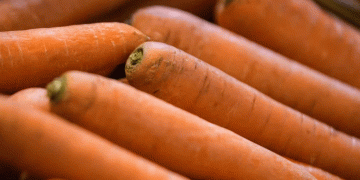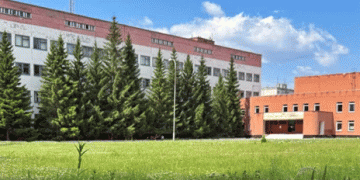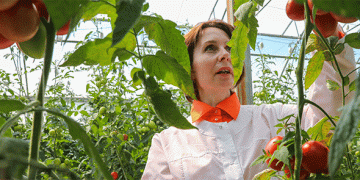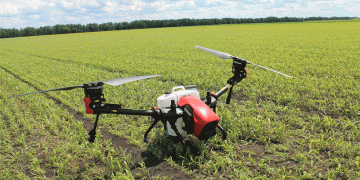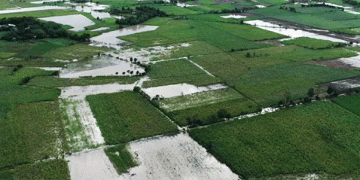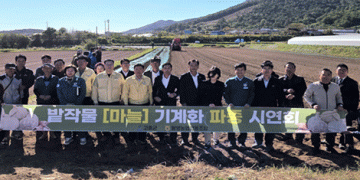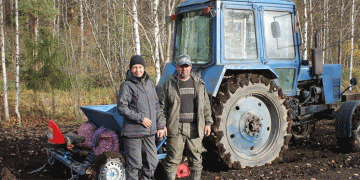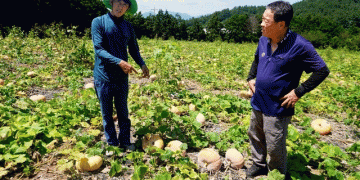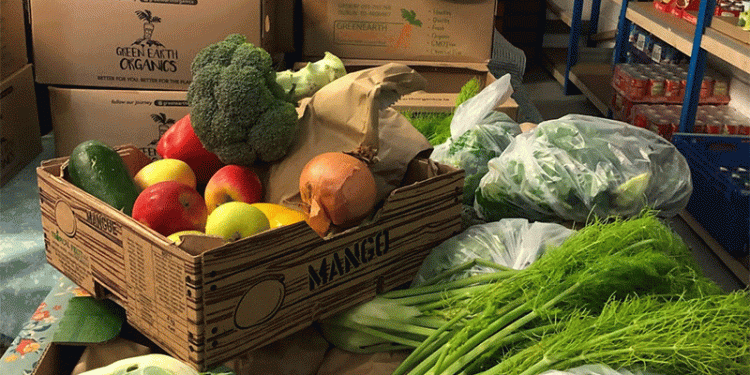In what should be a celebratory season of abundance, Kenneth Keavey of Green Earth Organics in County Galway finds himself making a public plea that underscores a critical challenge in sustainable agriculture. Despite achieving what he describes as a perfect growing season where “everything was aligned,” his certified organic farm is facing a devastating mismatch between bumper harvests and declining consumer demand. This paradox highlights the vulnerability of even well-established organic operations to market fluctuations and changing consumer behaviors.
Keavey’s operation represents a significant investment in organic agriculture. Farming 40 acres of certified organic land with an additional 10 acres dedicated to biodiversity, his farm employs 40 people and delivers to approximately 1,700 homes weekly nationwide. The scale of his surplus is staggering: 600 heads of lettuce and 700 bags of kale recently given away simply because orders couldn’t keep pace with production. Currently, the farm is harvesting “a bucket-load of broccoli” and achieved the unusual feat of having onions ready by early July, something “unheard of in Ireland.”
This situation mirrors a concerning trend in the organic sector. According to a 2023 report by the Organic Trade Association, while the organic market has grown substantially over the past decade, it remains vulnerable to economic pressures and consumer spending shifts. The COVID-19 pandemic created an artificial surge in demand for home-delivered organic produce that proved unsustainable as restrictions eased, leaving many farmers like Keavey with expanded capacity but diminished markets.
The financial and emotional toll is substantial.
The plight of Green Earth Organics is a sobering reminder that agricultural success is measured not only in yield per acre but also in the stability of the market. A perfect harvest can become a financial disaster if the demand pipeline fractures. For the sustainable agriculture movement to truly thrive, it must develop more resilient economic models. This means investing in better demand forecasting, diversifying sales channels beyond the fickle direct-to-consumer base, and perhaps most importantly, educating consumers on the real cost of food and the importance of consistent support for local producers. Kenneth Keavey’s perfect harvest shouldn’t be a crisis; it should be a celebration. Ensuring that requires building a food system that is as resilient in the market as it is in the field.
